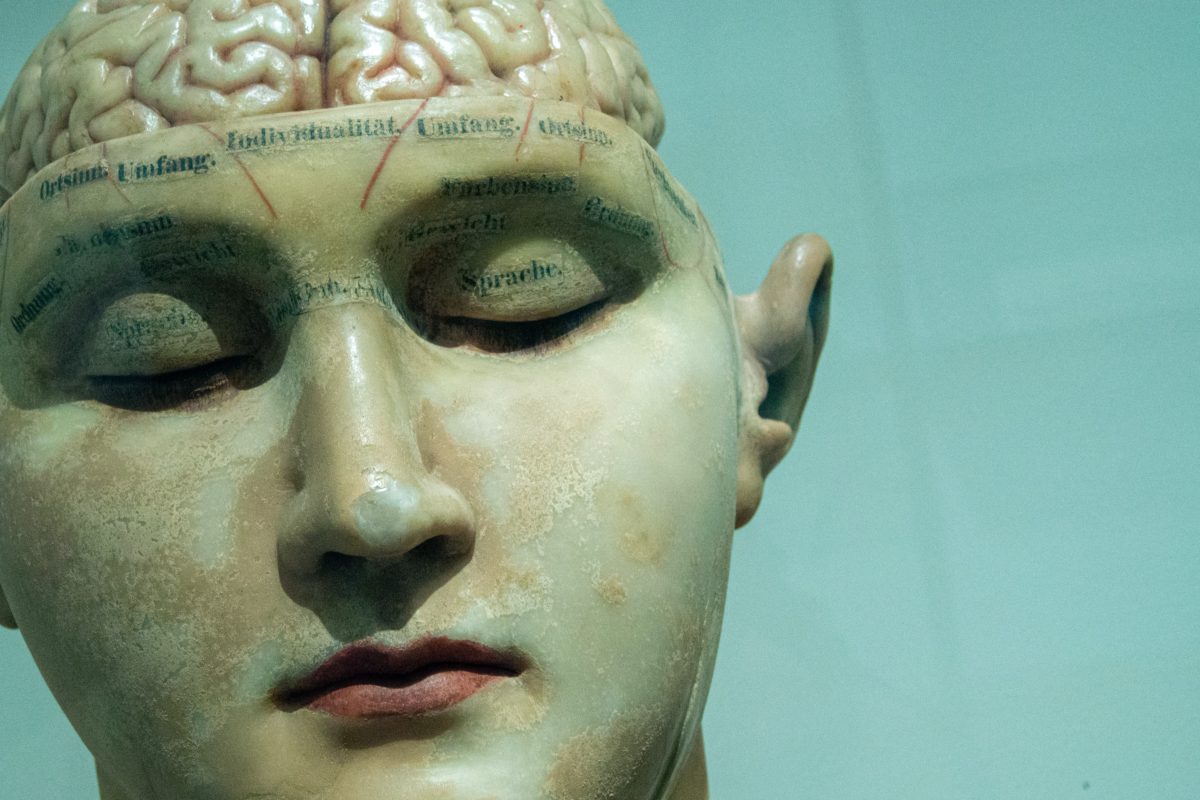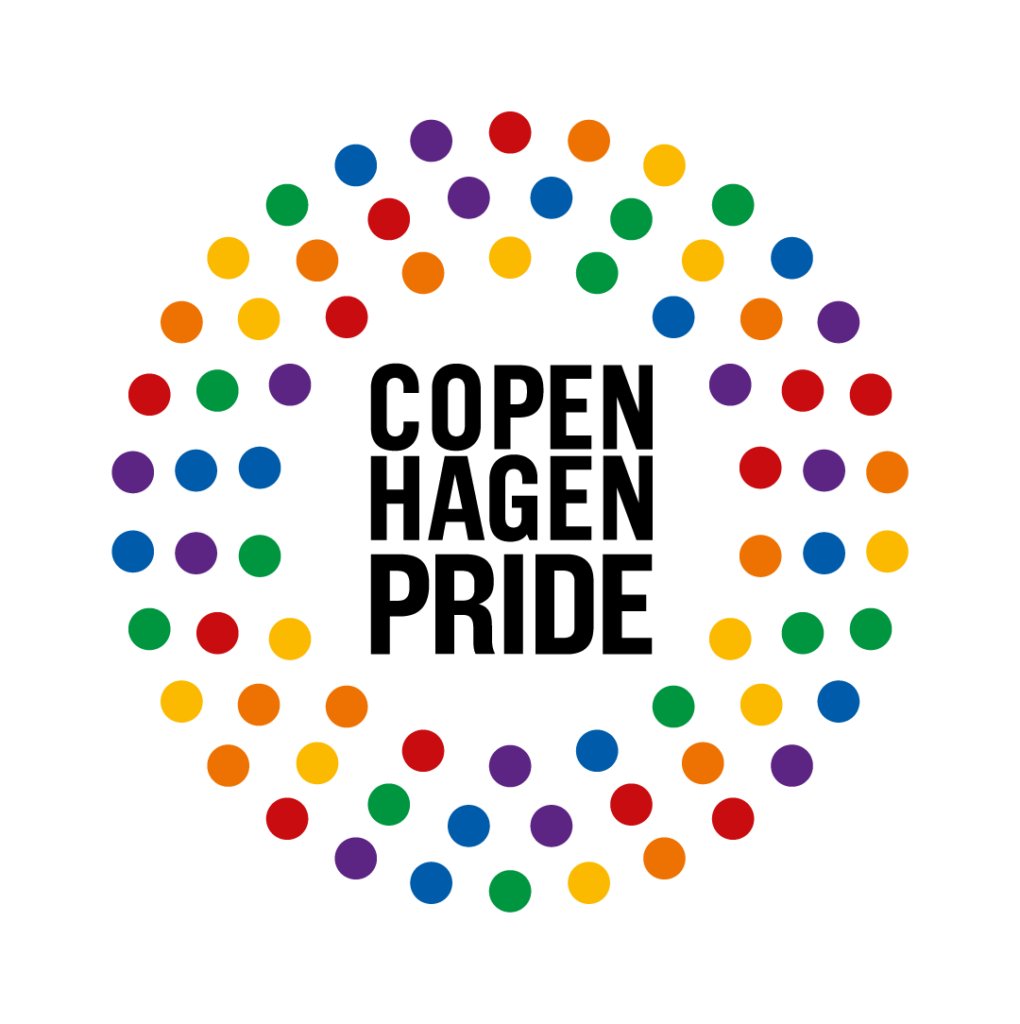
A Rose by Any Other Name?
Late 19th Century Sexology’s Trouble with the Female Sexual Invert
By Anne Sophie Parsons (She/Her)
Nuances in the words we use to describe sexual identities have been prevalent throughout human history: Especially in the societal understanding of homosexuality and the underlying causes for expression of same-sex desire. Western sexologists in the late 19th century, such as Richard von Krafft-Ebing and Havelock Ellis, focused on the multifaceted nature of human sexuality and made use of the descriptor “sexual inversion” – the idea of inborn reversal of gender traits: Male inverts were, to a greater or lesser degree, inclined to traditionally female pursuits and dress and vice versa. Which questions does the female sexual invert then raise nowadays, considering how she posed a threat to societal understandings of women as docile and passive with no (homosexual) desires of their own?
The sexologist Richard von Kraft-Ebing described female sexual inversion as “the masculine soul, heaving in the female bosom”.
The heavily gendered description right off the bat is noteworthy: The female sexual invert’s “mannish” nature, in heart and body, is described as a congenital disposition, that is to say, not a sinful poor soul, as homosexuals had been described as beforehand, but a trait given by birth and thus not to be societally condemned. These would count among others butch lesbians and other gender non-conforming individuals.
The Female Sexual Invert – Ruffler of Victorian Moralities and Heterosexuality
Initially confined to medical texts, the concept of sexual inversion was given wide currency by Radclyffe Hall’s infamous novel The Well of Loneliness (1928), as the narrative consistently uses the term “invert” to refer to its lesbian protagonist, Stephen Gordon, who struggles with her identity – both as a gendered and sexual experience. Hall intended her novel as both a work of art and a means of gaining sympathy and recognition for same-sex female love. In his introductory comment, the known sexologist Havelock Ellis writes:
“So far as I know, it is the first English novel which presents, in a completely faithful and uncompromising form, one particular aspect of sexual life as it exists among us to-day. The relation of certain people—who, while different from their fellow human beings, are sometimes of the highest character and finest aptitudes—to the often hostile society in which they move presents difficult and still unsolved problems. The poignant situations which thus arise here are set forth so vividly, and yet with such complete absence of offence, that we must place Radclyffe Hall’s book on a high level of distinction.”
The sexologist’s call is for acceptance of so-called people ‘different from their fellow human beings’ – distinctly from a position of power, at a safe distance – looking through a metaphorical magnifying glass.
The “mannish and sexually aggressive” female sexual invert represented the shifting gender norms crisis that was happening in society, and that the sexologists were threatened by the changing gender norms. Industrialization and increasing urban populations translated into many more women living lives free from the close supervision of their parents and therefore, more able to define and realise their preferred sexualities and gender identity. This allowed women to become economically independent and the possibility of them to choose to live with other women – even as sexual partners.
Evolution of Identity Descriptors – Reflections on Sexual Inversion
In Shakespeare’s Romeo and Juliet, the lovestruck young Romeo argues that Juliet’s surname belonging to the rivalling Montague family does not change his feelings for her: “What’s in a name? That which we call a rose by any other name would smell as sweet.” And it is true: Even if Juliet had a different name, she would still be Juliet.
Can the same be said for the coined description of ‘female sexual invert’ – compared to a modern view on lesbianism? Not quite.
Sexual inversion is to be understood much more as a form of gender variance in its description and as sexology’s attempt at seeking a biological basis for the “illness.” A clinical explanation as to more masculine-presenting women and queer females attracted their own sex: According to this theory, gay men and lesbians were sexual “inverts”, people who appeared physically male or female on the outside respectively, but felt internally that they were of the “opposite” anatomical sex (according to the binary view of gender). Therefore, same-sex desires and attraction were explained as “latent heterosexuality” – in other words, gay men and lesbians were just heterosexuals who were “born in the wrong body”.
But what it does accomplish is provide us an insight into how language shapes identities – and who is in a power position to do so:
The female sexual invert highlights how understanding gender non-conformity and same-sex desire among females and the related attitudes in this regard have shifted with historical and medical contexts – emphasising how impactful nuanced language is in understanding ourselves holistically and not as cardboard-cut clinical case studies.



